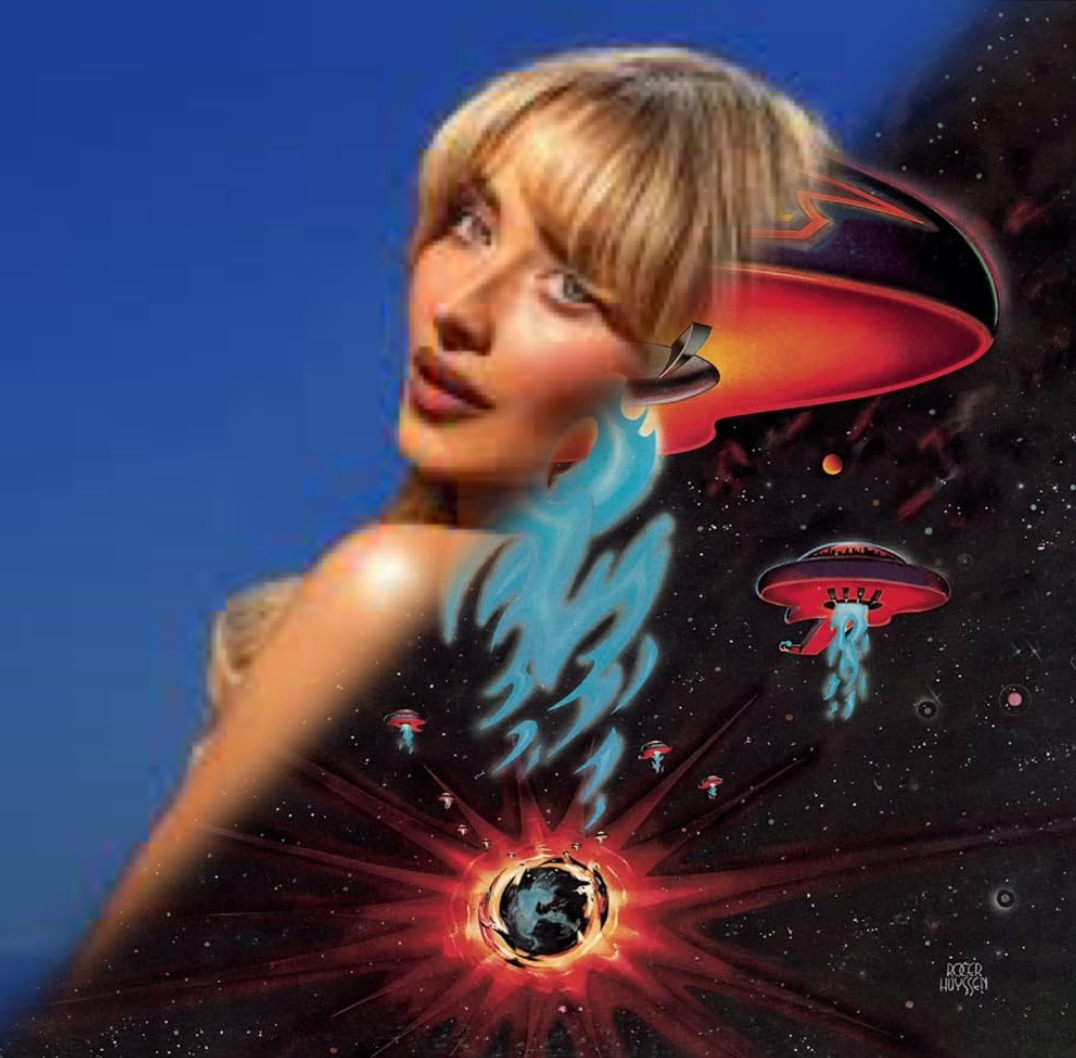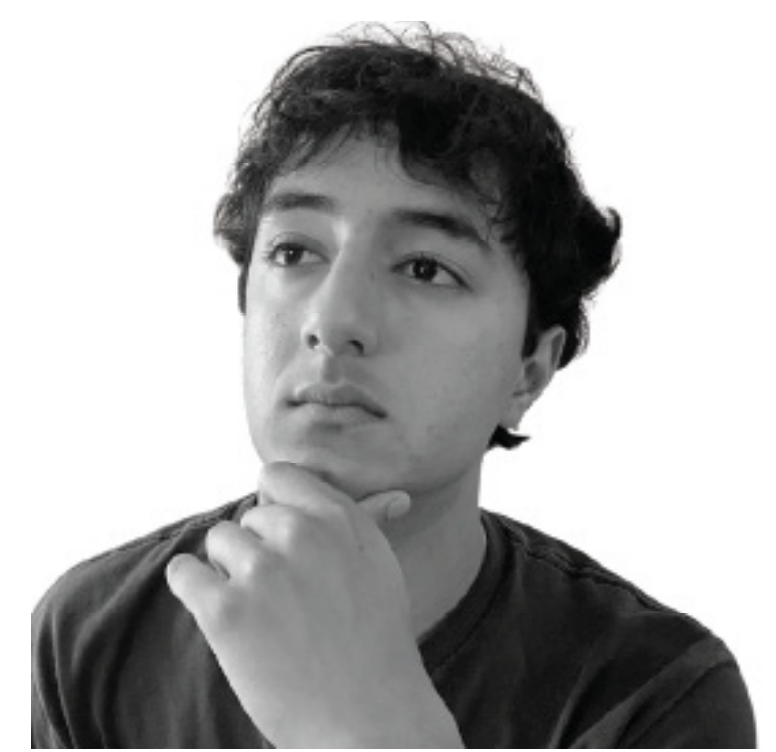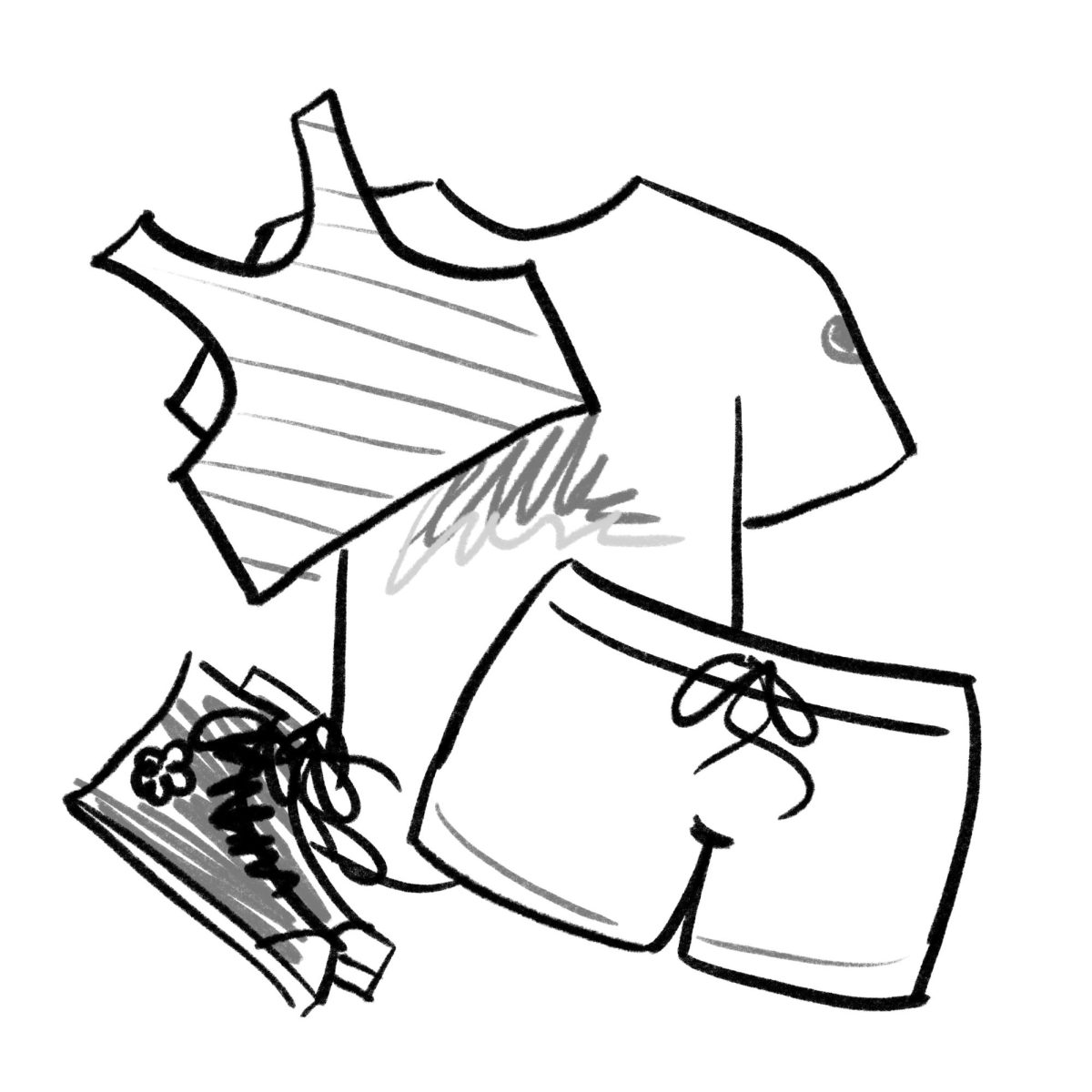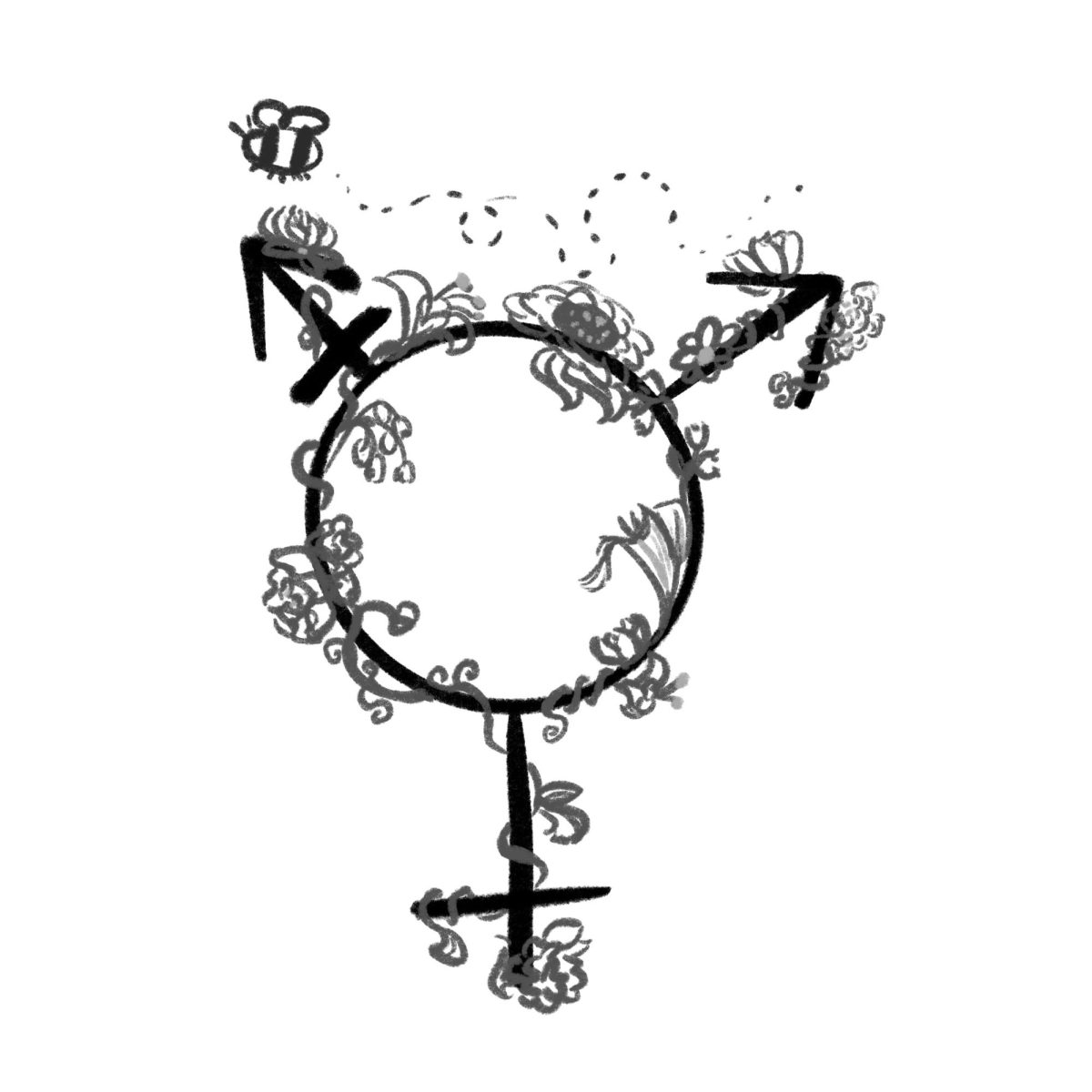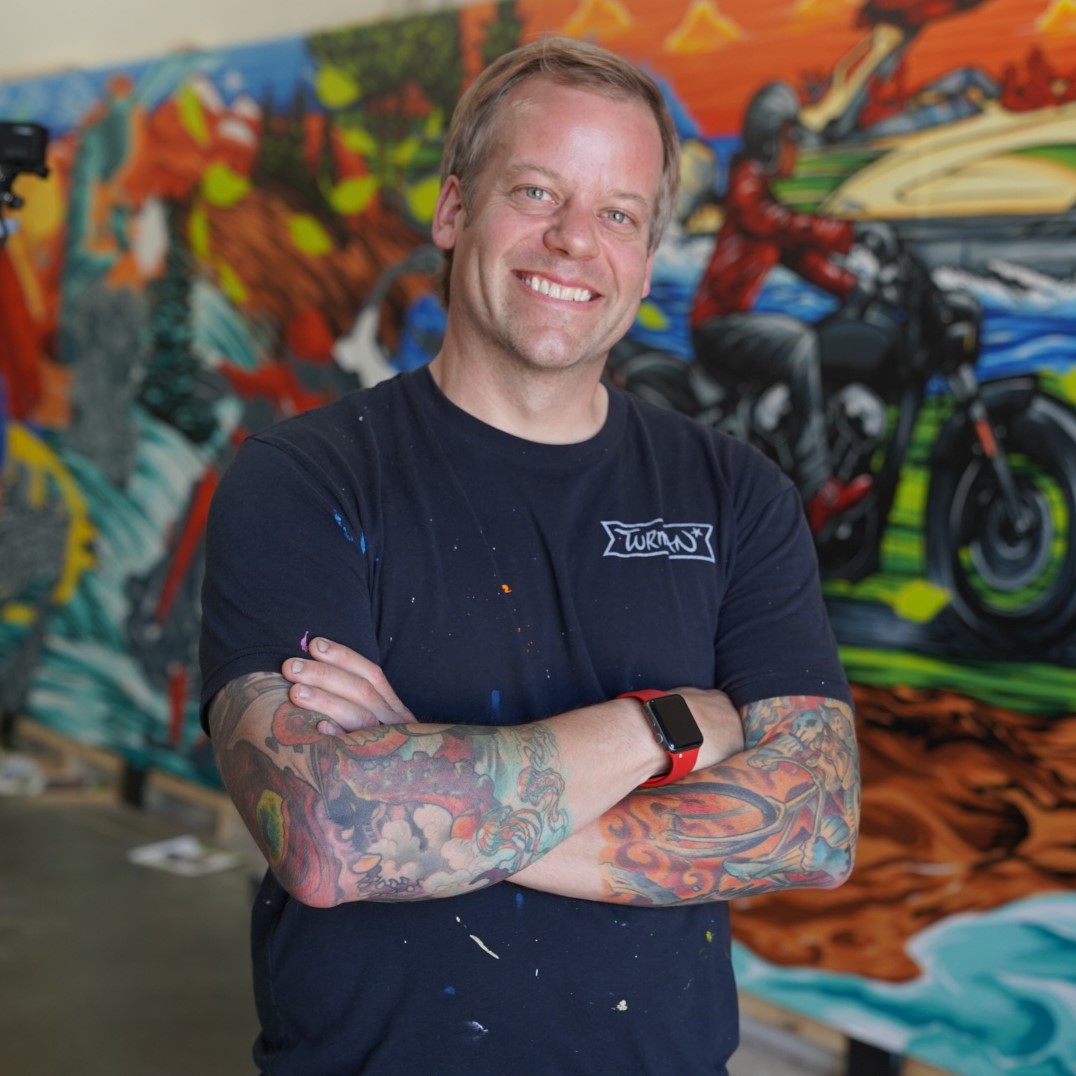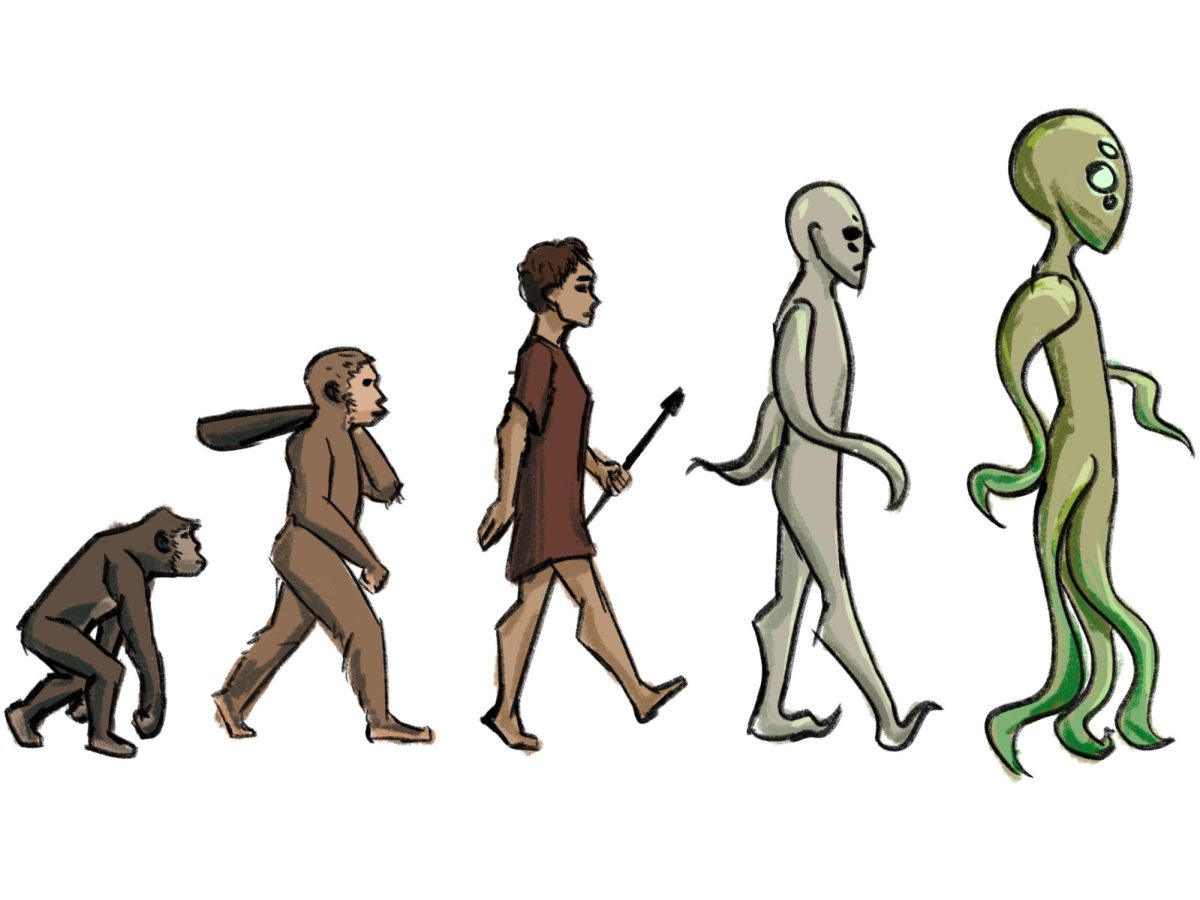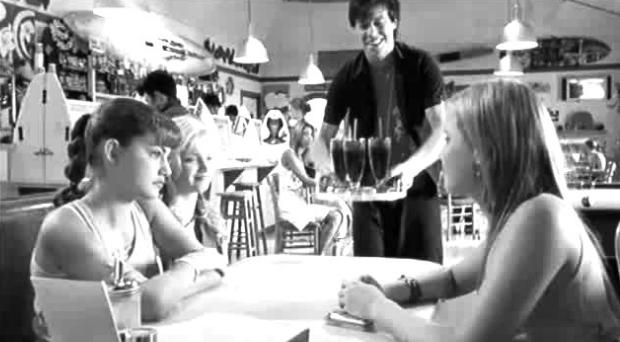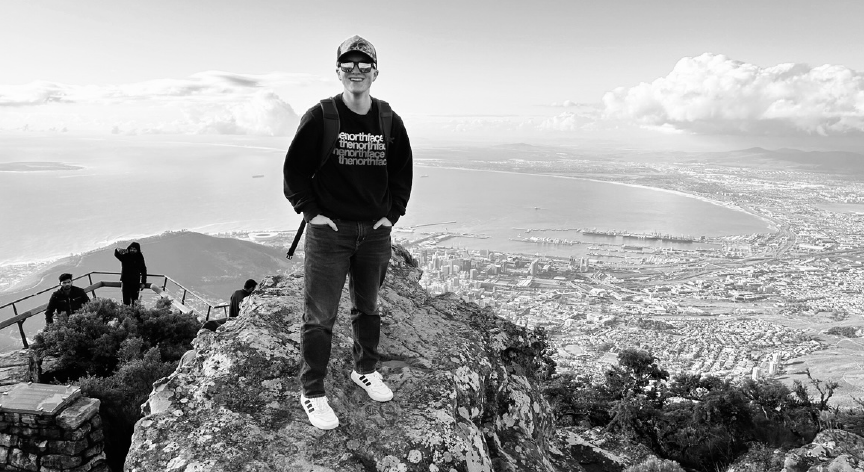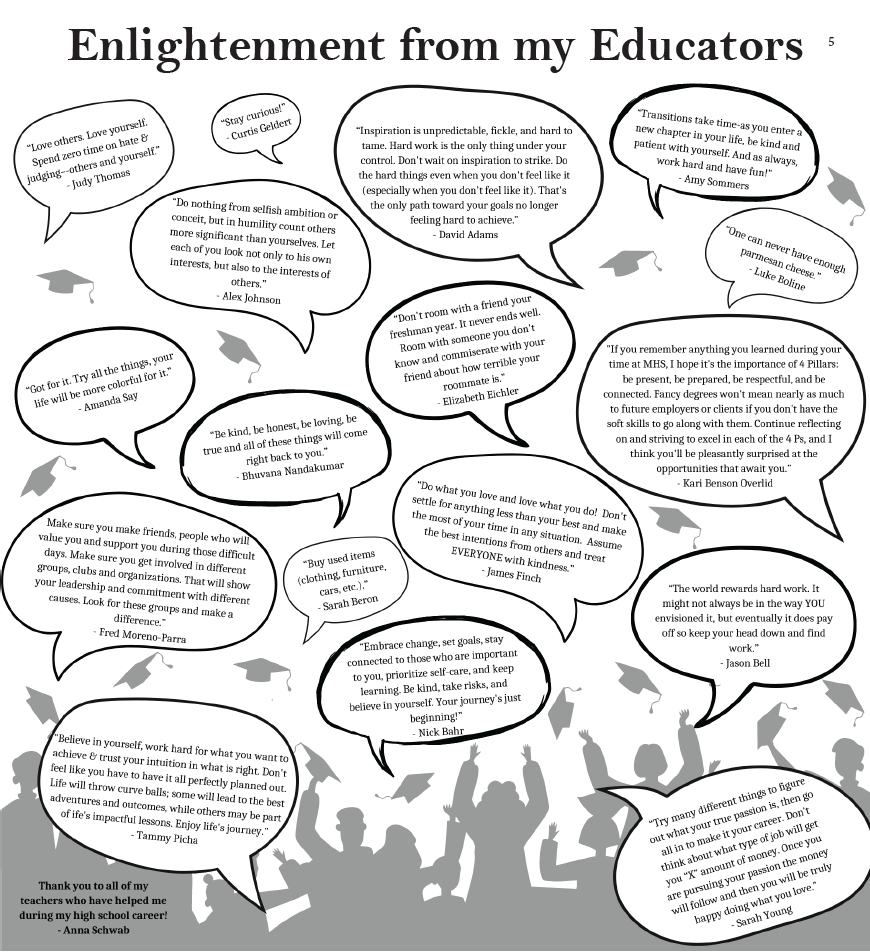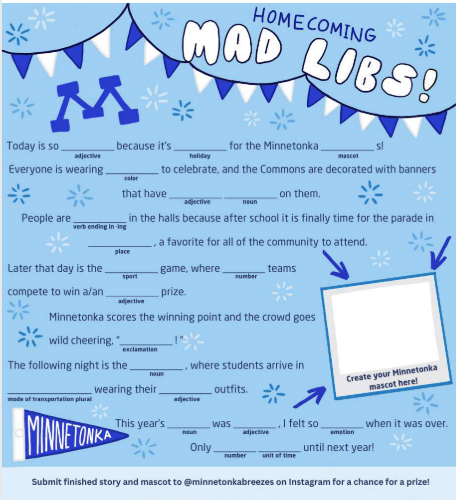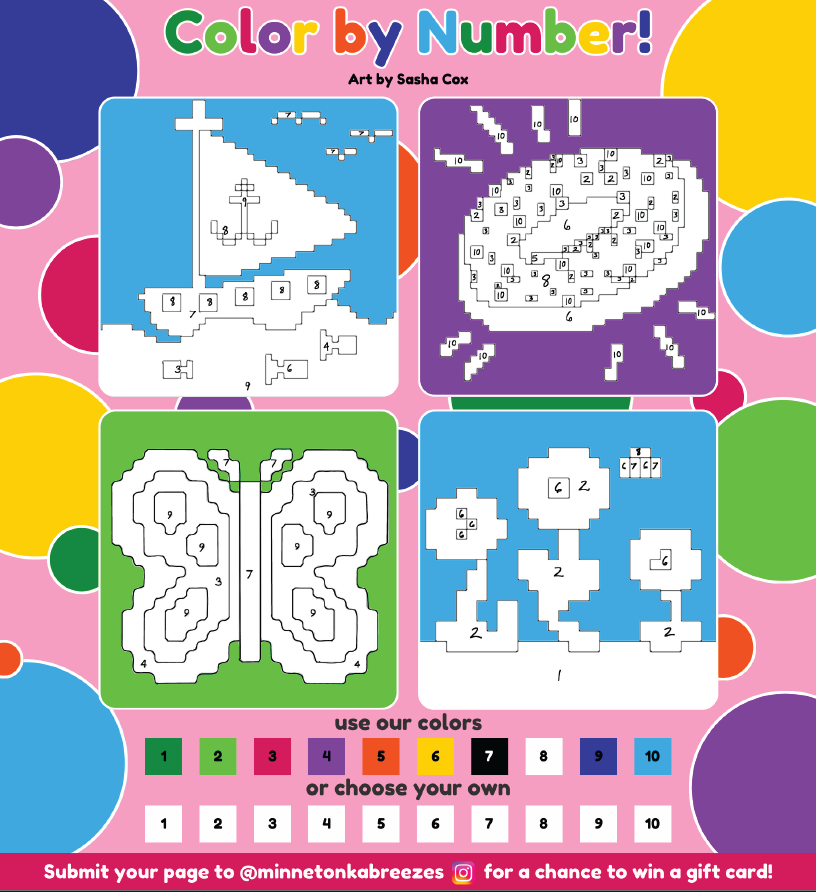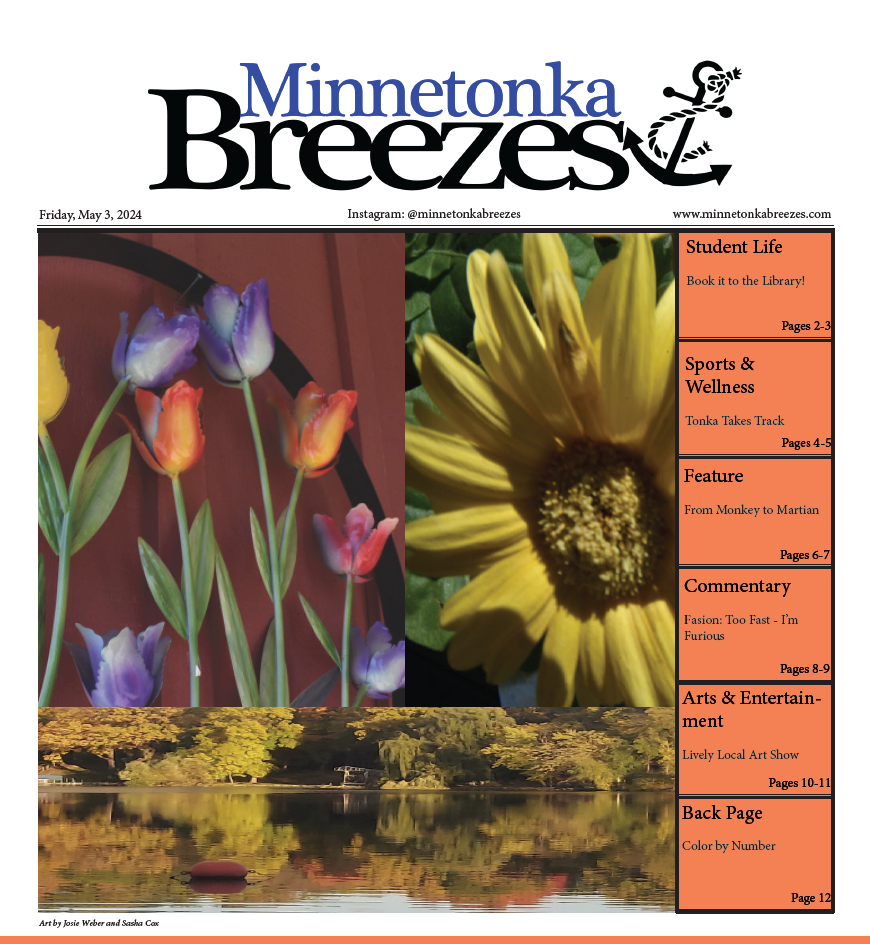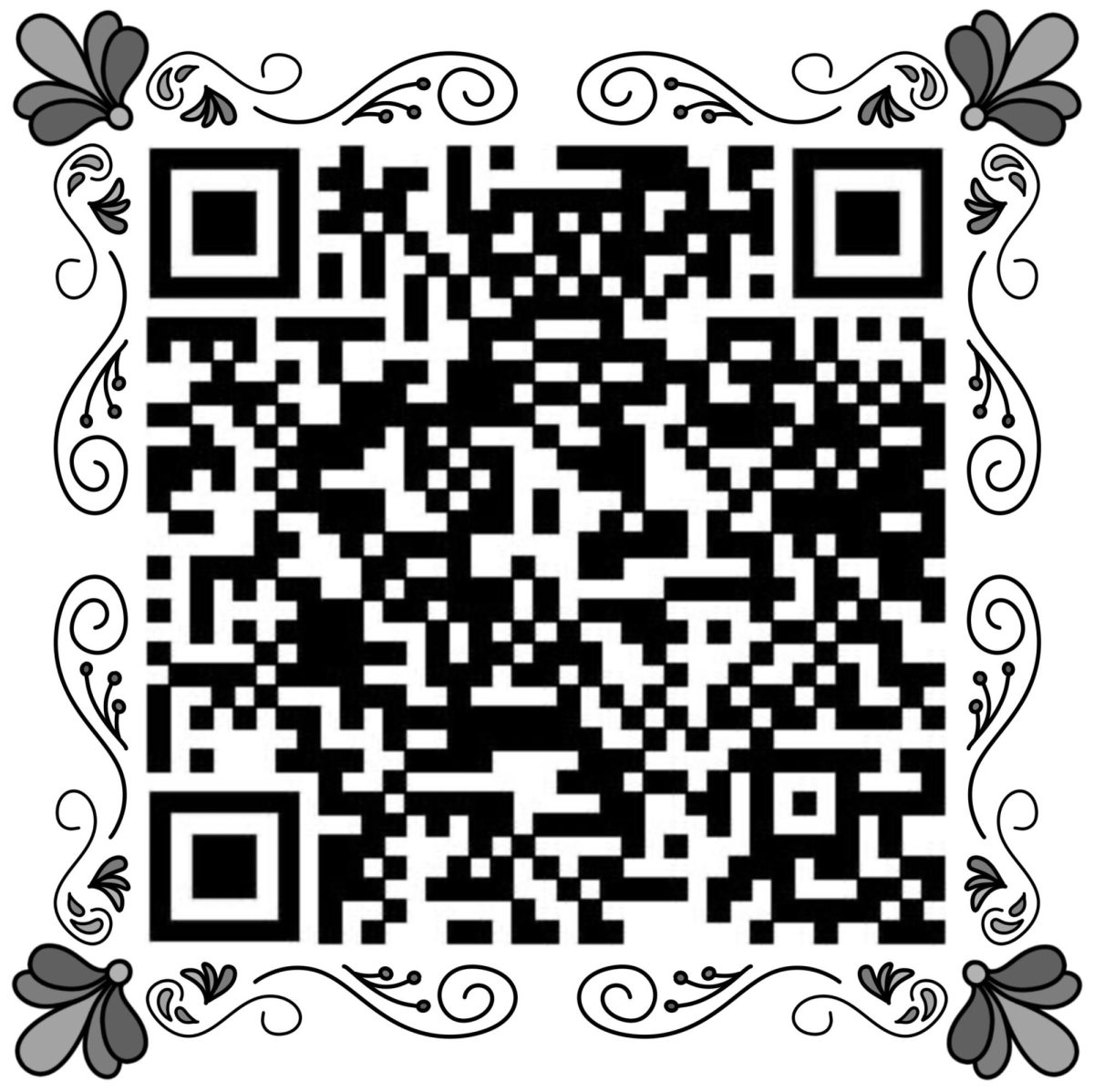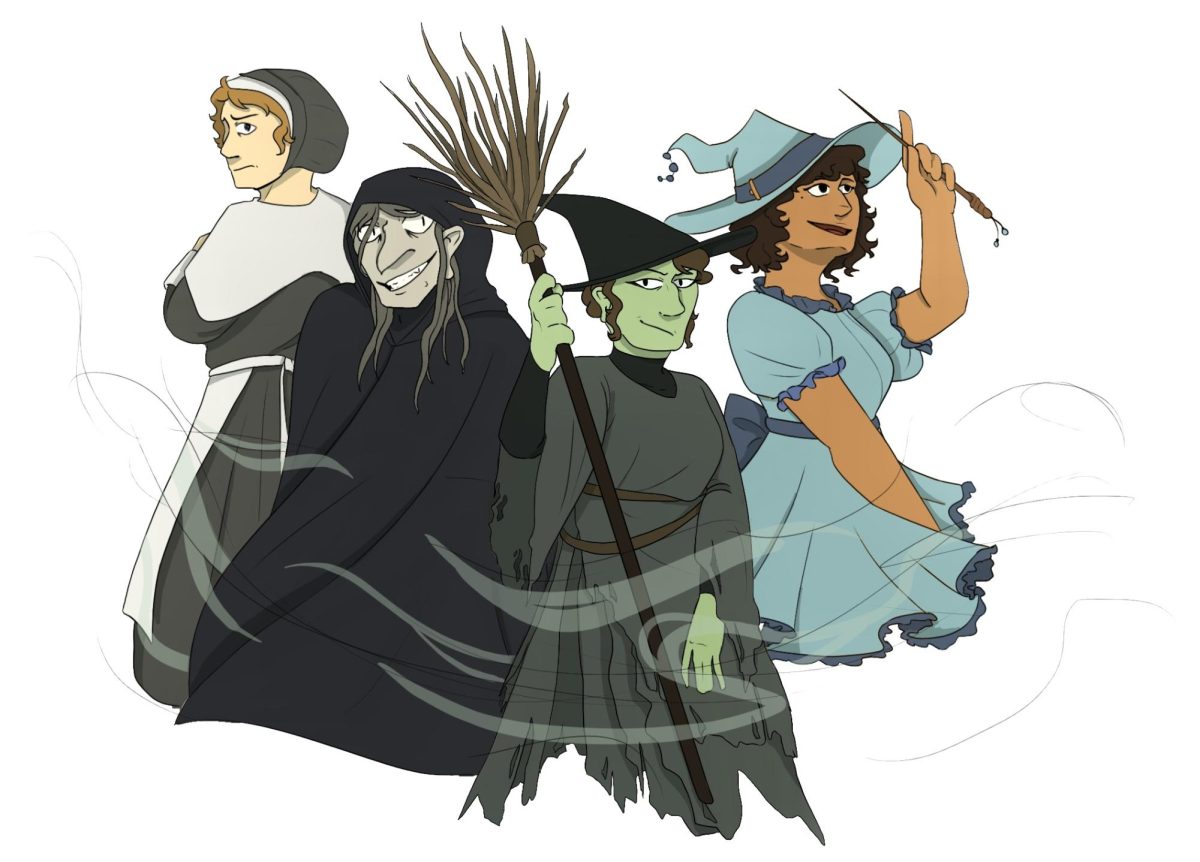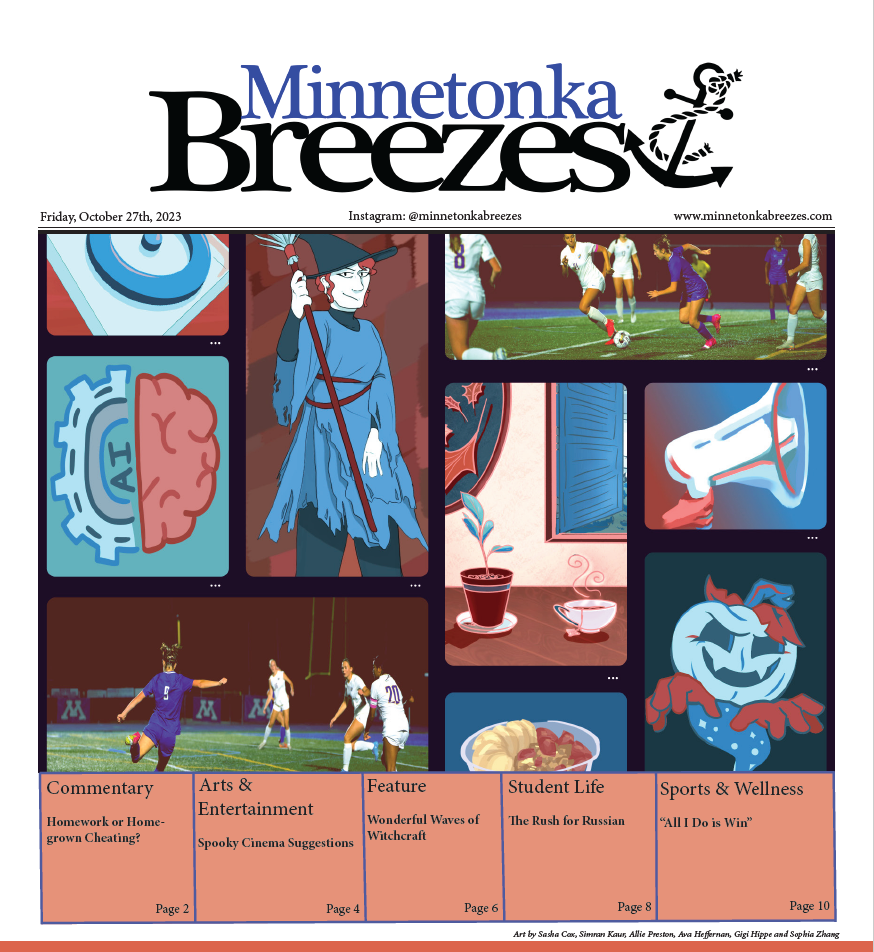Halloween and the related traditions practiced here at Minnetonka every year are, for the most part, uniquely American. Trick or treating, dressing up in spooky costumes, chocolates and candies, the orange and black color scheme, all of these are things we associate with Halloween. But why? People don’t often stop to think about the diverse places those beloved holiday traditions originated, and the fascinating history behind Halloween.
It began in the eighth century when the Pope designated November 1st as All Saints Day, a day to honor the Catholic saints, and the holiday spread all across Catholic Europe. During the same time period, the Celts in Ireland celebrated a festival called Samhain, a pagan tradition to welcome in the autumn harvest, and to celebrate summer’s “death.” The Romans also had a festival at this time, dedicated to their god of fruits and gardens, Pomona. Over time, these holidays combined to form an amalgamation called Halloween. This new celebration borrowed its name from the night before All Saints Day, which was originally called All Hallows Eve. The reverence of the holiness and mystery of the dead carried over from All Saints Day, the fascination with ghosts, spirits, and witchcraft came from Samhain, and the tradition of great feasting was borrowed from the festival of Pomona.
The bones of modern Halloween began to show themselves around this time, with many traditions that are still practiced today, like precursors to candied apples from Rome, and jack-o’-lanterns and dressing up in costume to ward off evil spirits from Celtic Ireland. Inspiration also came from other places, like the German practice of “belsnickeling,” dressing up and going door to door, winning candy if you couldn’t be identified. Even the traditional Halloween colors, black and orange, came from Samhain, black for the “death” of summer and orange for the tones that lit up the autumn harvest. These classic aspects of the holiday are beloved by almost everyone at MHS. Ellie Stroh, ‘23, said, “Trick or treating is always my favorite.” Amrita Kaur, ‘24, added, “I actually like making my own costumes.”
Today, reflecting the people of the United States, Halloween in America has become its own entity entirely, combining culturally diverse influences and a multitude of traditions from different cultures into one holiday. The Mexican Día de los Muertos, or Day of the Dead is increasingly affecting the way that Americans celebrate Halloween, with notions of communing with dead loved ones and traditional foods of Día de los Muertos becoming more and more popular come October.
Over time, Halloween has lost much of its religious and spiritual significance, and the way we celebrate it today is more focused on spooks and frights. The reverence and terror that came from fearing the wrath of souls beyond our world is largely gone and has been replaced with a time of joys and jumpscares where all things creepy reign supreme.



